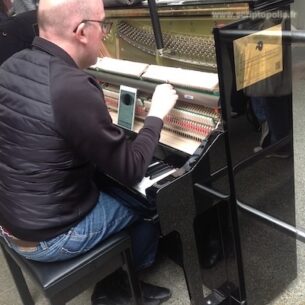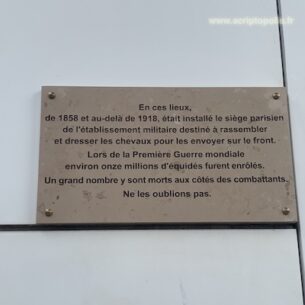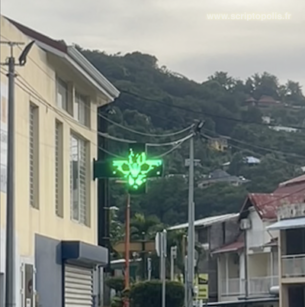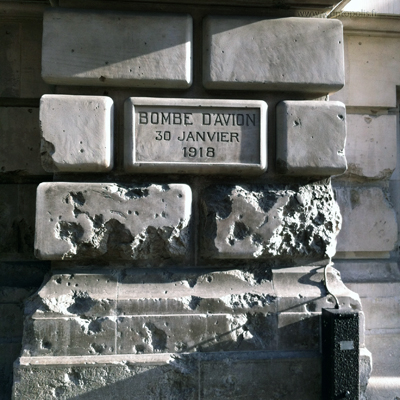Historical folds
Among public lettering, epigraphical inscriptions are particular. They are generally used to qualify settings in an explicit or metaphorical way. Inscriptions in the pediment of numerous monuments may be a kind of a store sign: “National Parliament”. But they are also devoted to carry the ones who watch or read them to older ages and to other sites. They enable the mere mortals to get in touch with some divine, heroic or supernatural entities. Thus, they connect us with values that travel through ages and keep on inhabiting some monuments. The power of these inscriptions do not proceed with their first installation only. It also takes place in the course of their transformations: some are restored to be part of another building, others are rediscovered among ruins and renovated… During these movements, they acquire a new status and transform the site that received them. When one faces the inscription “Drop Bomb. January 30th 1918”, one simultaneously understands several things. The inscription serves as a singular deictic that attaches holes in stones to a date and to the cause of their presence. Clearly, these holes will not be stopped up during the next façade restoration. On the contrary, they are intentionnally left there to remind the wounds afflicted to the building as well as to those who gave their life during this historical event.







